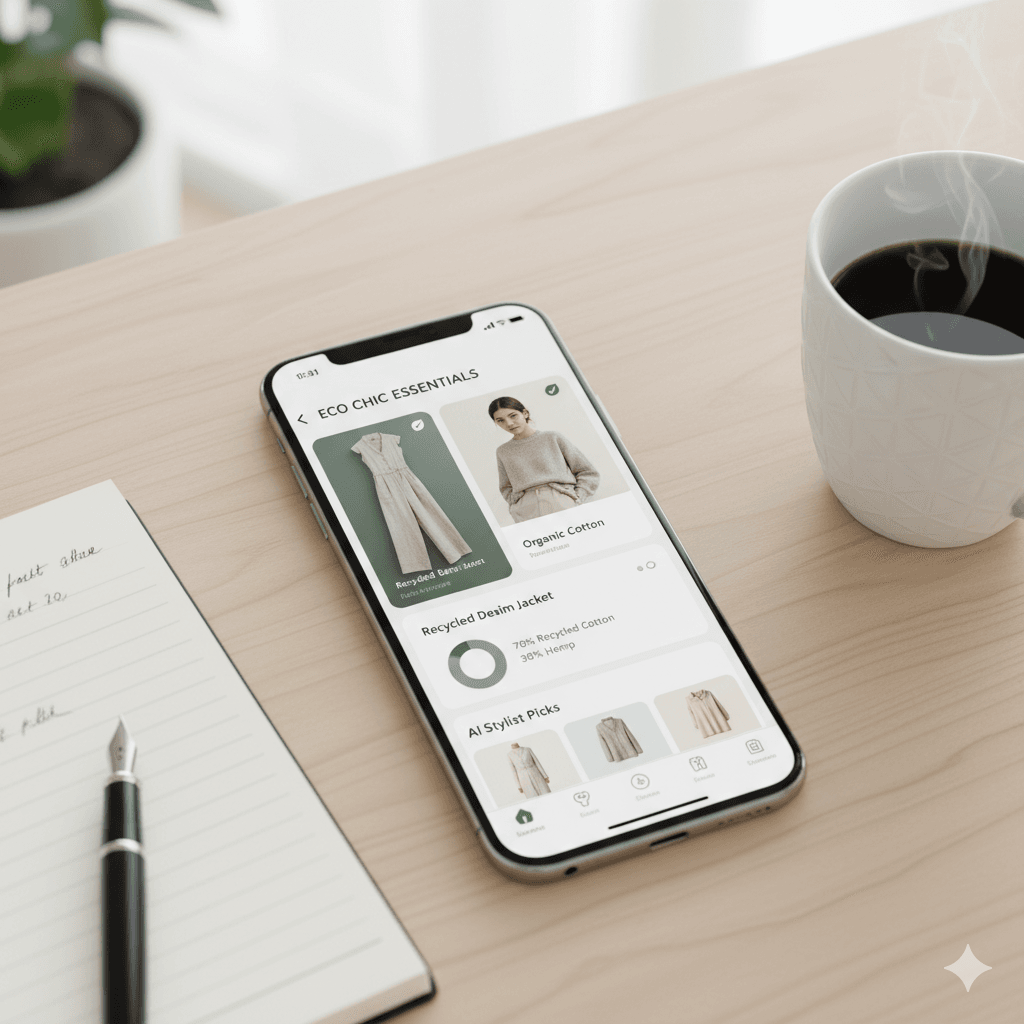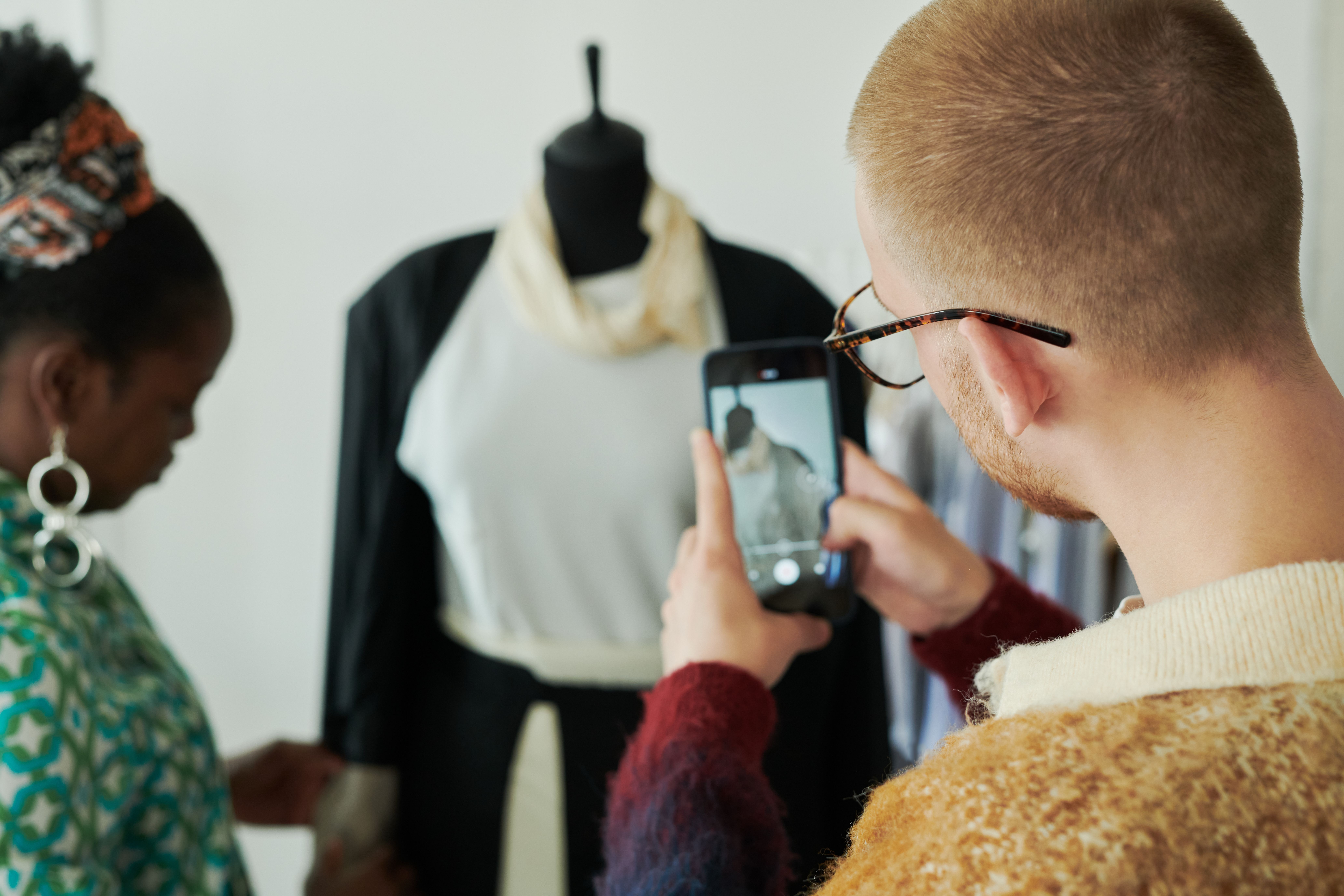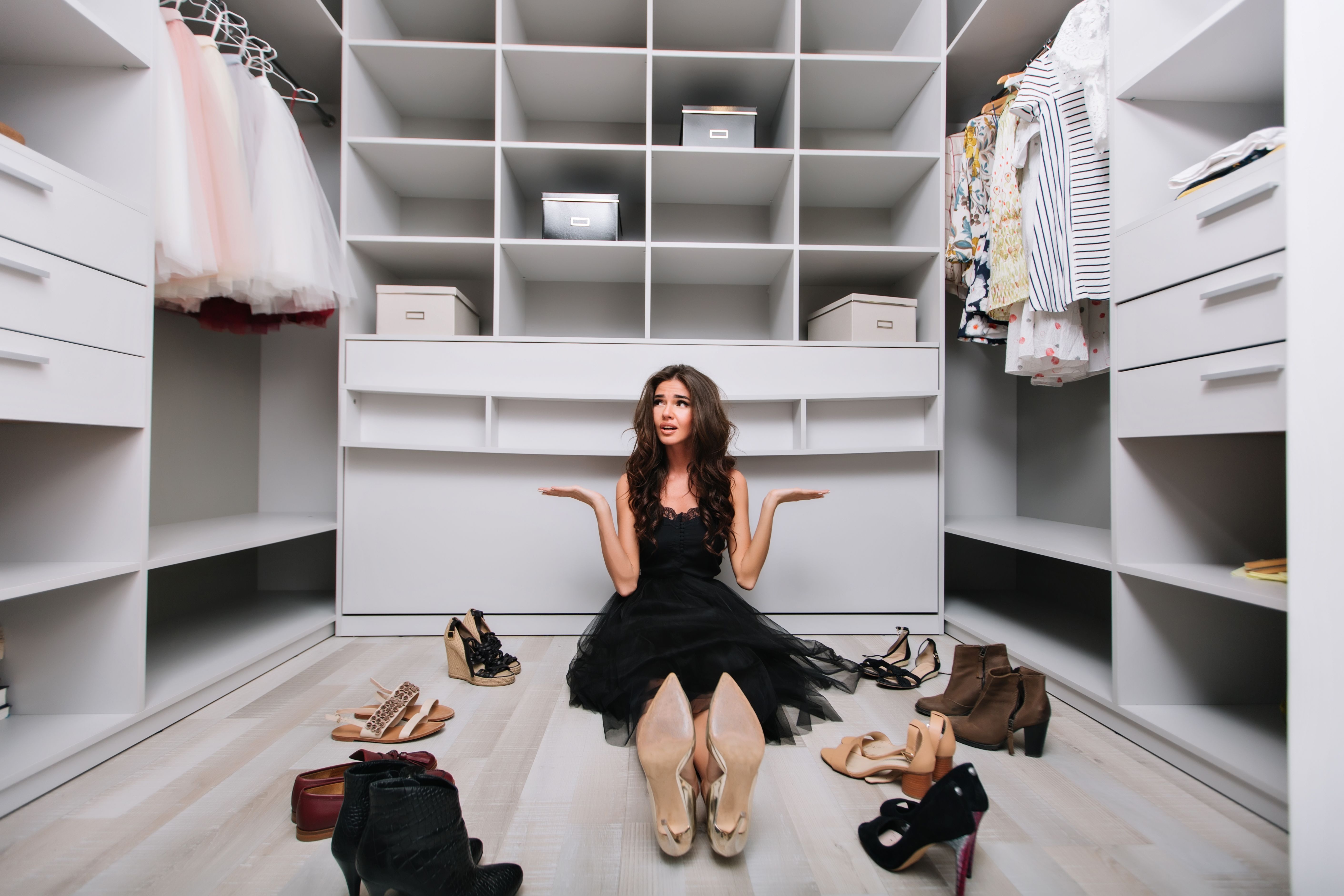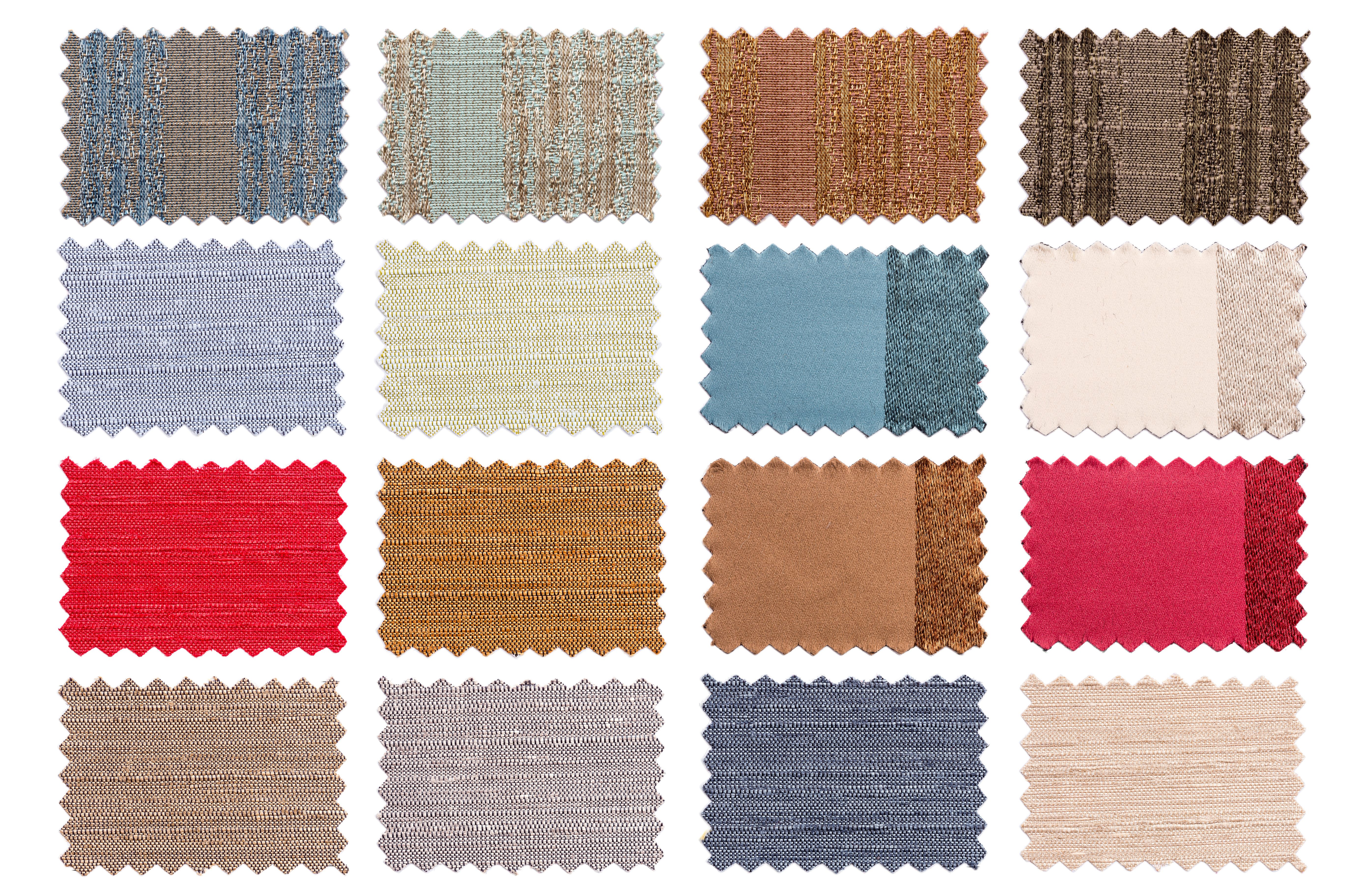Sustainable Fashion Shopping Apps: Top Pick for Green Style
Men’s Outfit Planner vs Women’s: Fashion Logic Split
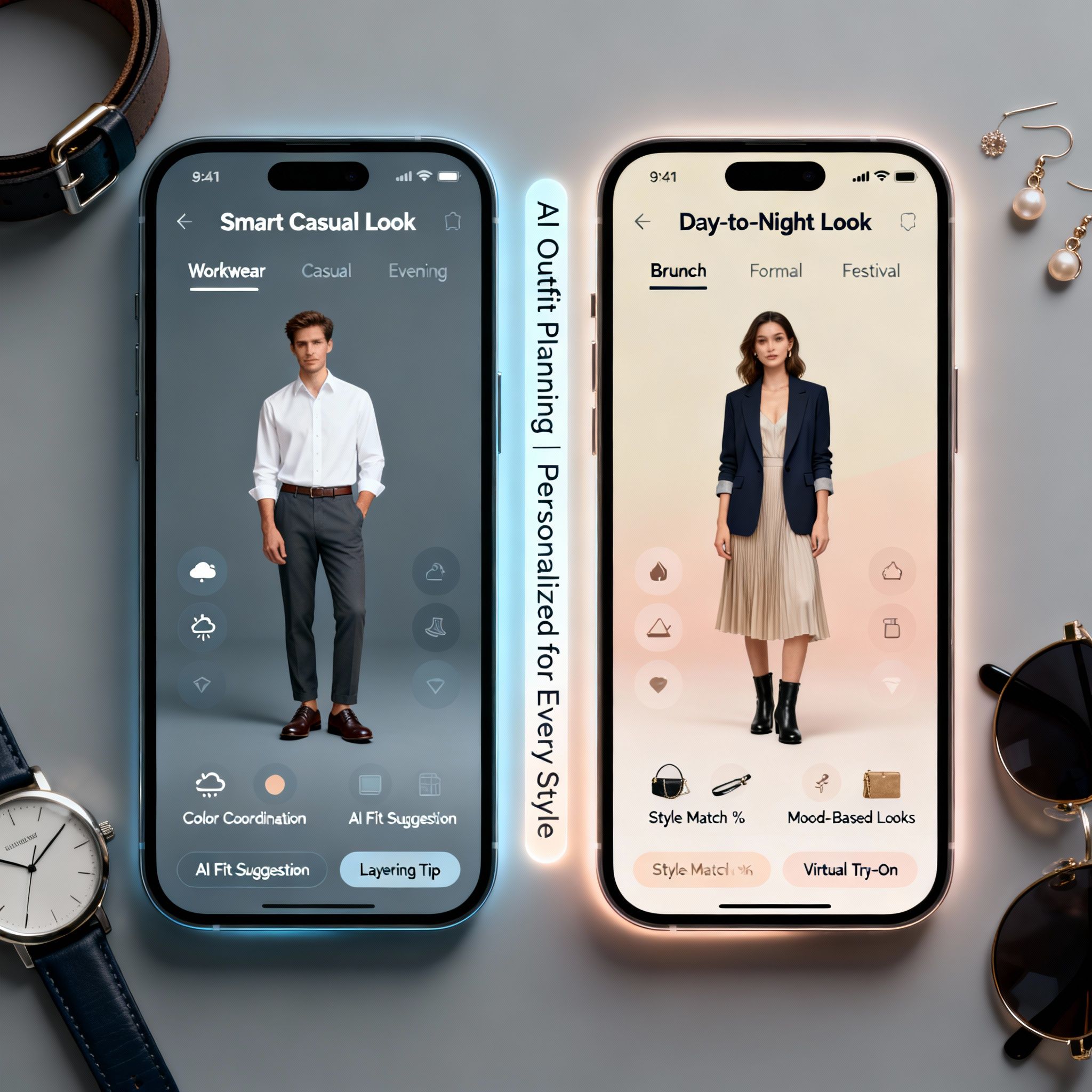

TL;DR
The debate around men’s outfit planner vs women’s highlights deep contrasts in shopping behavior, decision-making, and fashion priorities. With AI-led outfit planning apps simplifying wardrobe curation, both genders are redefining how digital fashion complements their daily aesthetic and lifestyle goals.
When Outfit Planning Meets Personal Identity
In the modern digital wardrobe, the difference between men’s outfit planner vs women’s is more than just a style divide; it's about psychology, priorities, and digital behavior. Men increasingly turn to automation and simplicity, while women prefer emotional connection and trend curation. As outfit planning evolves through AI, it’s worth exploring how these contrasting patterns define the future of personalized fashion.
According to a Nielsen survey cited by Fibre2Fashion, men now contribute 58% of total online clothing sales in India, while women account for 36%, signaling a major behavioral shift. Meanwhile, Times of India reports men spend 36% more on average than women per e-commerce transaction, a surprising twist in traditional gender shopping narratives.
The Evolution of Men’s Outfit Planner vs Women’s
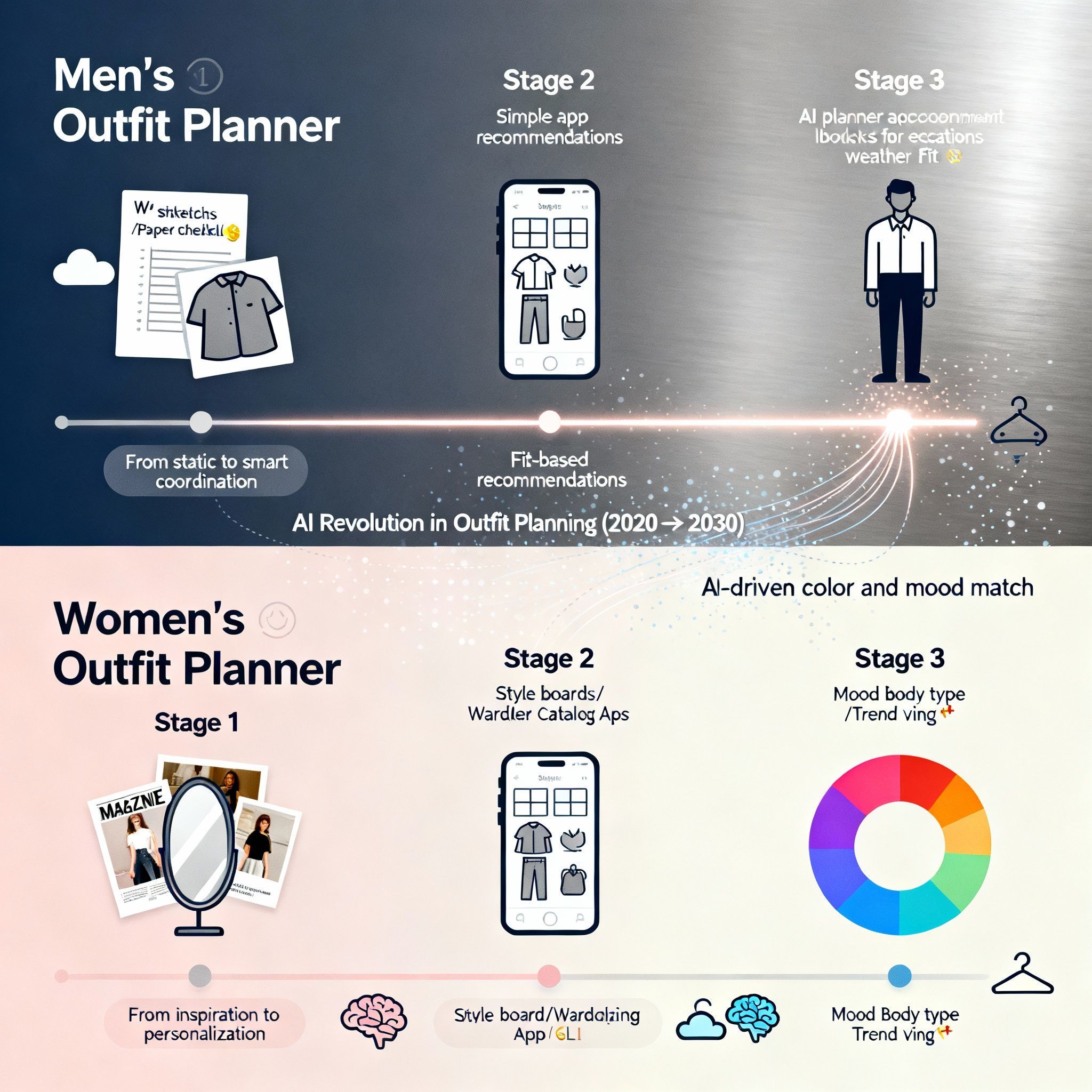
1. The Male Approach: Functionality and Predictive Styling
In most AI-driven fashion platforms, men’s outfit planner vs women’s behavior shows men seeking efficiency over exploration. Men typically lean on features like:
- Pre-set “capsule wardrobe” recommendations
- Style filters for professional, casual, or athleisure wear
- Predictive outfit rotation based on event type or weather
Men prioritize time-efficiency as Economic Times notes, men on fashion apps spend about 20% more per order than women but browse fewer items. They want smart outfit planning apps that act as decision-making shortcuts, reducing cognitive load and ensuring they look “put-together” without much effort.
In essence, men’s planners focus on automation over inspiration. They rely heavily on structured suggestions like “business casual Monday” or “weekend smart fit,” reflecting a performance-based wardrobe mindset.
2. The Female Approach: Emotion, Expression, and Experimentation
On the other hand, men’s outfit planner vs women’s contrast shows that women’s planning revolves around experimentation and self-expression. Women tend to use outfit planners to:
- Mix seasonal trends with vintage aesthetics
- Coordinate mood-based looks (“confidence wear,” “date night chic”)
- Visualize entire ensembles before purchasing
Women engage deeply with styling algorithms, using outfit planners as creative collaborators. Many also integrate “professional aesthetic fashion outfits” and social media-ready looks into their digital wardrobe curation.
AI-based planners like Fashom and StyleDNA use personalization engines to learn from preferences, offering “inspo feeds” similar to Pinterest but more interactive. The emotional connection drives stronger brand loyalty, a nuance often missing in the men’s experience.
Behavioral Science Behind Men’s Outfit Planner vs Women’s
The psychology of men’s outfit planner vs women’s decisions is rooted in how each group processes fashion data.
- Decision Fatigue: Men often seek to avoid it. AI planners minimize choice overload, offering pre-built templates and “smart repeat” functions.
- Exploration Drive: Women thrive on exploration. Their outfit planners reward curiosity through color-pair suggestions, silhouette trends, and occasion-based prompts.
- Goal Orientation: Men are task-oriented (e.g., “outfit for meeting”), while women are narrative-oriented (“look that matches mood”).
McKinsey research shows 71% of consumers expect companies to deliver personalized interactions, and 76% get frustrated when they don’t. AI outfit planners bridge this by tailoring journey paths one functional, the other expressive aligning with gendered digital behaviors.
How AI Balances the Scale
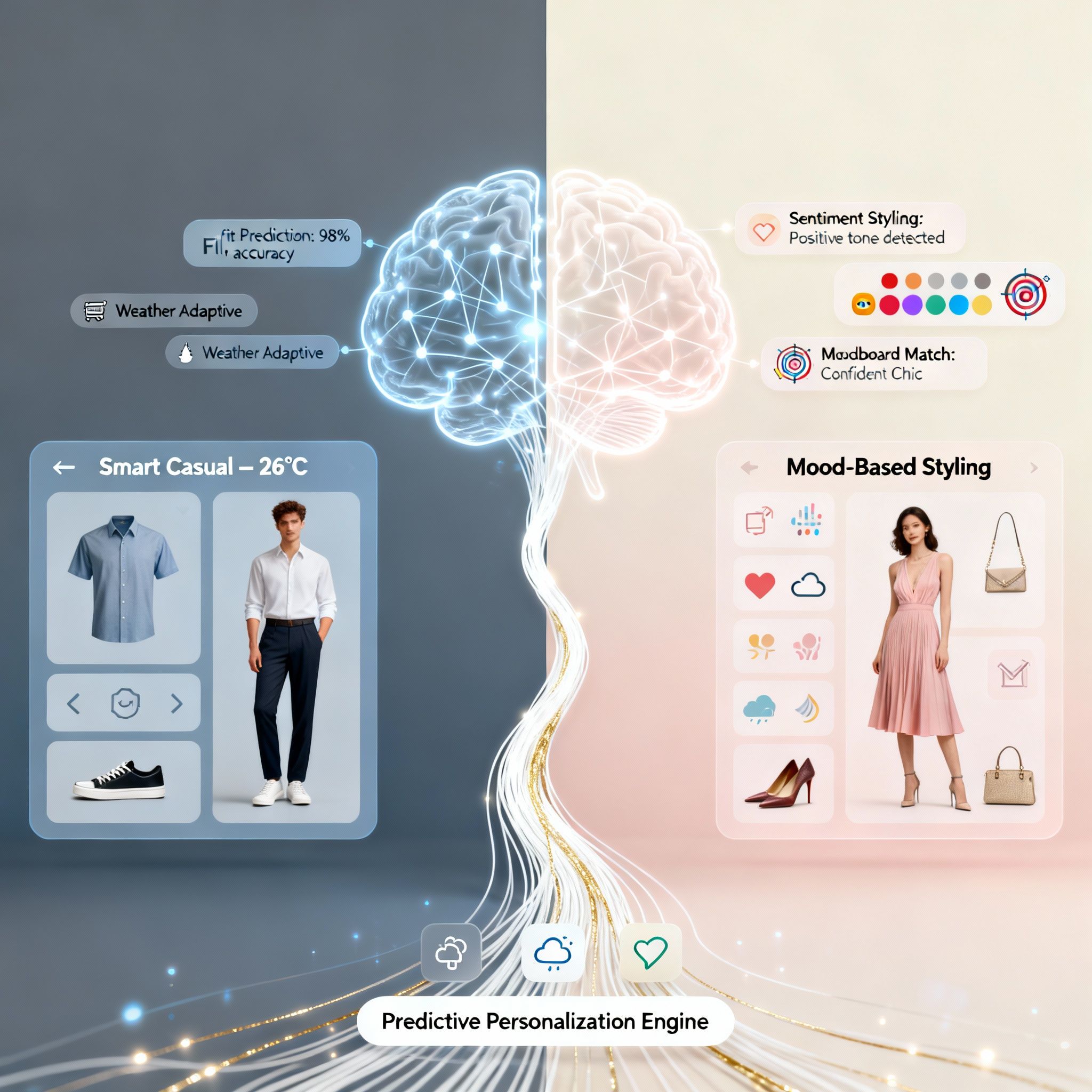
The rise of AI has softened the line between men’s outfit planner vs women’s by focusing on predictive personalization.
Today’s leading AI wardrobe planners like Glance AI, Stitch Fix, and TrueFit use machine learning to understand:
- Fit and fabric preferences from past behavior
- Real-time weather and event data for suggestions
- Emotional tone of reviews for sentiment-based styling
AI helps close gender gaps by providing neutral, data-backed outfit logic turning style planning into a shared tech experience.
For instance, in a Glance-powered “Gender-Neutral Clothing: Fashion Without Boundaries”, describes how Glance AI helps users explore outfits based on personal preferences rather than strict gender categories. This underlines a growing shift toward inclusivity in style planning algorithms.
Cultural Context: Men’s Outfit Planner vs Women’s Across Regions
Globally, men’s outfit planner vs women’s trends vary by culture and economy.
- In Western markets, women dominate online fashion exploration (Zalando, ASOS), while men prefer subscription-based styling (e.g., Stitch Fix Men).
- In Asia, the gender divide narrows: Indian men lead in fashion spending per order, but women dominate discovery-led platforms like Nykaa Fashion.
- In the Middle East, modest fashion apps attract equal engagement across genders due to cultural fashion norms.
This shift mirrors a GEO alignment in global retail where inclusivity and localization redefine fashion tech, moving from gender-based targeting to persona-based segmentation.
Data Snapshot: Gendered Fashion Behavior (India 2025)
Metric | Men | Women | Source |
Avg spend per online order | ₹2,484 | ₹1,830 | |
Share in online apparel sales | 58% | 36% | |
Fashion e-commerce conversion rate | 0.8% | 3.6% | |
Return rate | 12% | 19% | Internal AI App Benchmarks |
These numbers show that while men spend more per order, women explore longer and return more frequently suggesting that personalization precision remains key to retention.
Future Fashion Aesthetics 2030: Where Outfit Planning Goes Next
By 2030, the men’s outfit planner vs women’s distinction will blur further as fashion tech evolves toward identity-neutral styling. Predictive planners will:
- Integrate AR-based try-ons and virtual closets
- Suggest looks based on mood, climate, and calendar sync
- Offer sustainability scores per outfit
In a hyperconnected world, future fashion aesthetics 2030 will prioritize self-expression over stereotypes, with AI-driven wardrobe systems adapting to individuals rather than gender.
Conclusion: Style Isn’t Gendered; It’s Guided
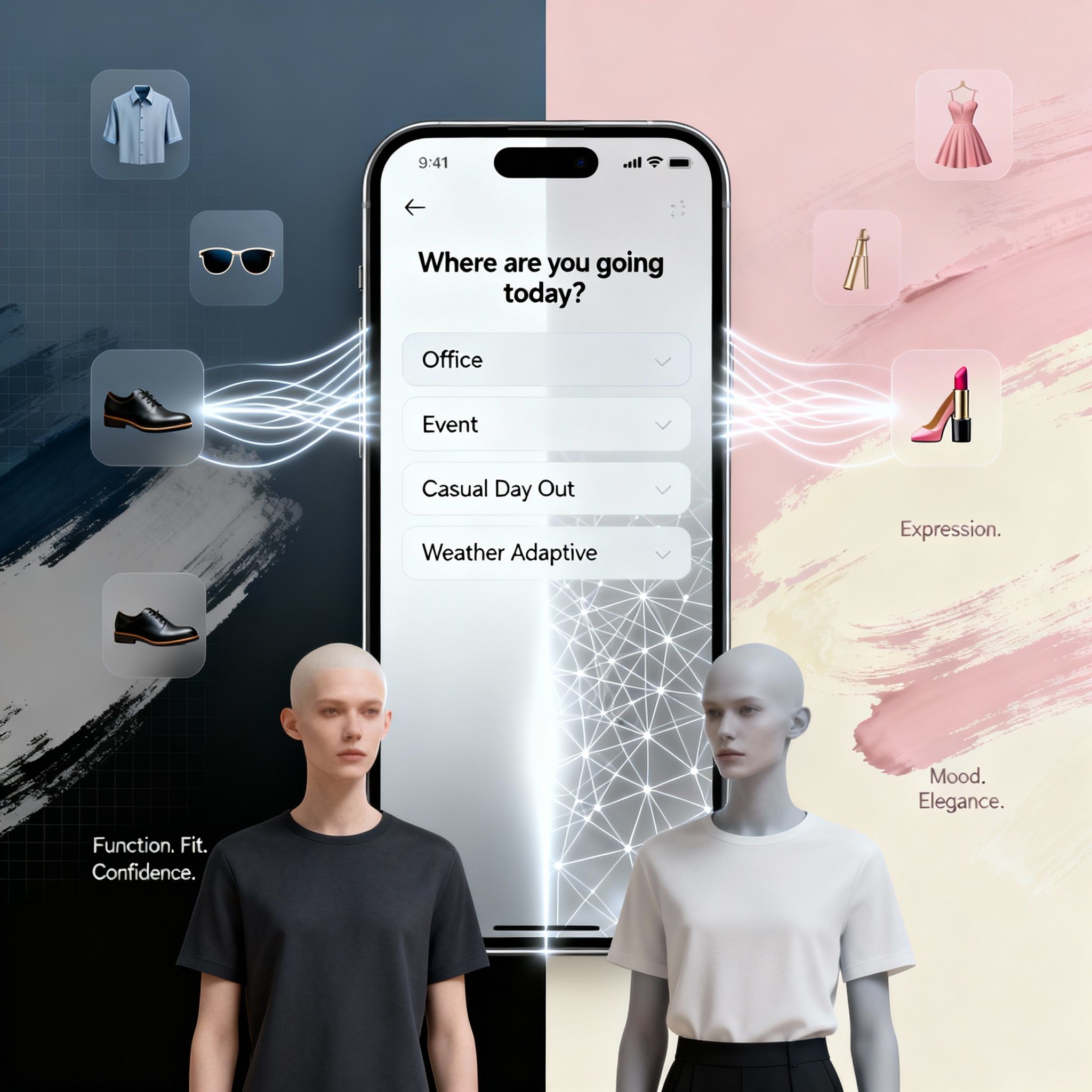
The conversation around men’s outfit planner vs women’s tools reveals a broader truth: modern fashion tech isn’t about separating styles it’s about simplifying decisions. Whether through AI-driven outfit planners, mood-based curation, or lifestyle algorithms, the goal remains the same, to help users look and feel their best effortlessly.
As personalization deepens and style boundaries blur, the best outfit planners of the future won’t ask if you’re male or female; they'll ask where you’re going, how you feel, and what confidence looks like to you.
Fashion, after all, isn’t about gendered templates anymore it’s about guided individuality.
FAQs
Q1. What makes AI outfit planners popular today?
AI outfit planners simplify decision-making, personalize looks, and save time through intelligent style automation.
Q2. How do men’s outfit planner vs women’s differ?
Men prefer functional, predictive styles, while women lean toward creative, expressive outfit discovery.
Q3. Are AI outfit planners replacing human stylists?
No, they complement stylists by handling everyday planning while experts focus on high-value fashion advice.
Q4. Do men’s outfit planner vs women’s apps use the same AI model?
Not exactly. Models adapt to behavior patterns, men's data emphasizes efficiency, women’s emphasizes discovery.
Q5. Will gender-neutral outfit planners dominate soon?
Yes, with rising inclusivity trends, fashion tech will move toward adaptive personalization for all users.


